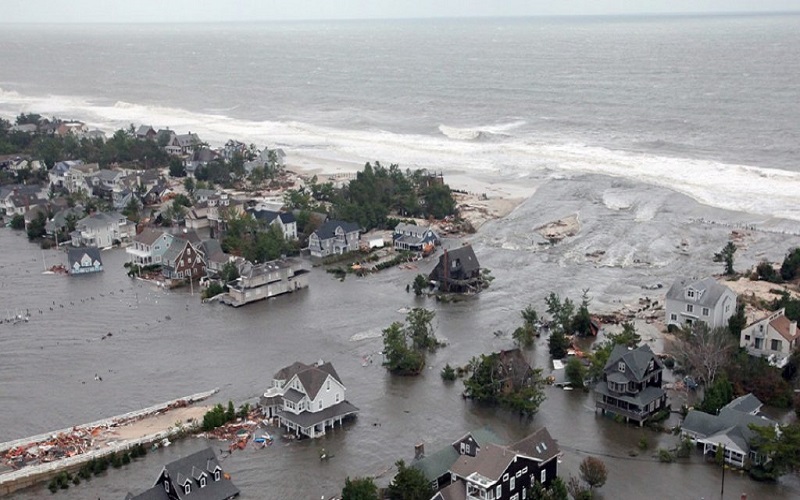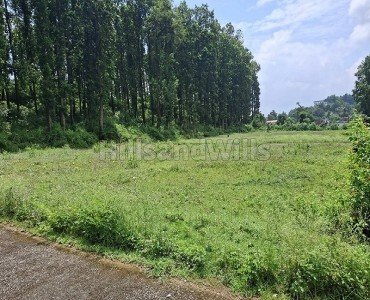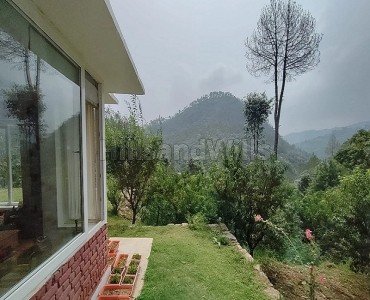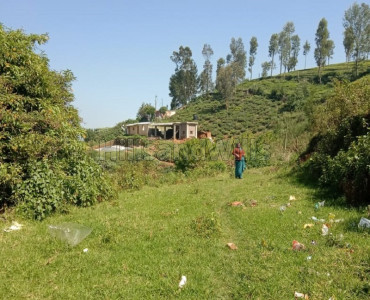Impact of Climate Change on Real Estate

The explosive population growth is a tough realty that we have come to live with and its increase would demand more resources. The demand for resources seen in various forms as automobiles, electrical appliances and the consequent emission from them which creates an adverse impact on the climate conditions after exceeding a certain level. The rapid pace of global warming has a cascading effect on the ocean water level in the planet. This is mainly due to the melting of ice drastically in the pole and unprecedented cloud busting in many part of the world. The looming threat of rise in sea water level can jeopardize the denizens of many coastal cities as it may gradually submerge their hard earned properties.
The Aftermath of Tsunami
In the wake of tsunami’s occurrence, a catastrophic natural phenomenon that spelt disaster on a large scale, residents inhabiting the coastal belt have understood the grave vulnerabilities they are exposed to. The withering away of life and property built over decades sent shivers down the spine of those aspiring for coastal real estate. The devastating tragedy in the sea front took away the sheen for residences bordering the sea. It warranted tremendous effort from the local populace aided by good Samaritans and redevelopment organisations to infuse life and create livelihood for the residents staying in the coastal region. Despite the concerted endeavours it was not possible to regain the same liveliness the inhabitants enjoyed in those places prior to the natural calamity. But the pace of real estate growth in cities and higher return on investment made them to forget the fear about residing or investing near the coast line within few years from the Tsunami hit their coastal cities.
Coastal Cities under Threat
Most of the coastal cities across the globe have been notified of the impending danger of being submerged in water partially or fully as the sea level rises. The recent trends in global real estate transactions also indicate the enormous demand for properties in the coastal has subsided. Some of the countries like Indonesia have already initiated work to move their capital from the city of Jakarta to the well forested interior city of Nusantara. Though this might entail a huge cost on the exchequer the government of Indonesia is determined to complete the shift as expert reports indicate that the city might be submerged by 2050. Already situated on a swampy region the city is prone to multiple disasters. Philippines’s capital Manila is also encountering a similar hostility and measures are afoot to make a move for the better to avoid inundation in totality. The Intergovernmental Panel on Climate Change (IPCC) has already issued warnings for Indian cities of Chennai, Mumbai, Visakhapatnam and Kochi with the possibility of sea water ingress into its low laying area within couple of decades and getting submerged by the turn of the century. The problem is accentuated by inclement weather conditions and detrimental environmental conditions prevailing in India despite of aggressive measures taken by the government.
Sea Shore Realty
The plush arcade lining up the properties on the coastal line was the cynosure of the elite in the respective cities. There was a yearning to own a property in the boulevards with sea breeze for company. The environmental factors, most pertinently the problem of sea rise level has influenced the opinion of sea front property seekers. The rush for sea facing property or villas dotting the coastal area is slowly fading away, especially in the cities located on Coromandel coast. The unexpected feature of receding sea water at times, sudden inward rushand erosion has placed a question mark on the safety aspect of the properties in the vicinity of sea. What once a fashionable address and craze –the coastal properties do not cast the same spell they once did for the prospective buyers.
Inward Bound Realty
When queries arise on the safety factor in the coastal cities, it is natural to surmise that the buyers move to inner region which are known as safer zones. Faced with multiple predicaments where the dwelling place itself is at stake people are pondering to shift to safer places where the problem is minimal if not completely neutralized. The migration is expected to pick pace as the awareness of sea rise level threat gains ground and spreads among the masses. As people decide to shift inward they preferably look for either suburbans of Metro or Tire 2 cities close the coastal cities which has good quality of living without much compromise on the amenities available.
Hills Station Realty
It is widely perceived by High Net worth Individuals (HNI) that migrating to hill stations for once to a higher altitude region would be the best decision for the home buyers. The trend has already begun on the west coast with affluent section of the Mumbai populace having second homes in the hill stations located on the Western Ghats – Lonavala, Khandala to name a few. The Chennai residents are also showing renewed interest on Tamilnadu hill station properties and search house for sale in Ooty, Kodaikanal Yercaud, Yelagiri, Kolli hills, etc for the better. A property in hill station is considered no more a social status but as a safe haven by them. The hill station real estate will have great future in the near future which is evident from the arrival of new property portal exclusively for hill station real estate like Hills & Wills and the increased foot prints in hill stations during off seasons in the recent time for sourcing property there and related registrations.
Source : https://submitafreearticle.com/impact-of-climate-change-on-real-estate/










Blog Category